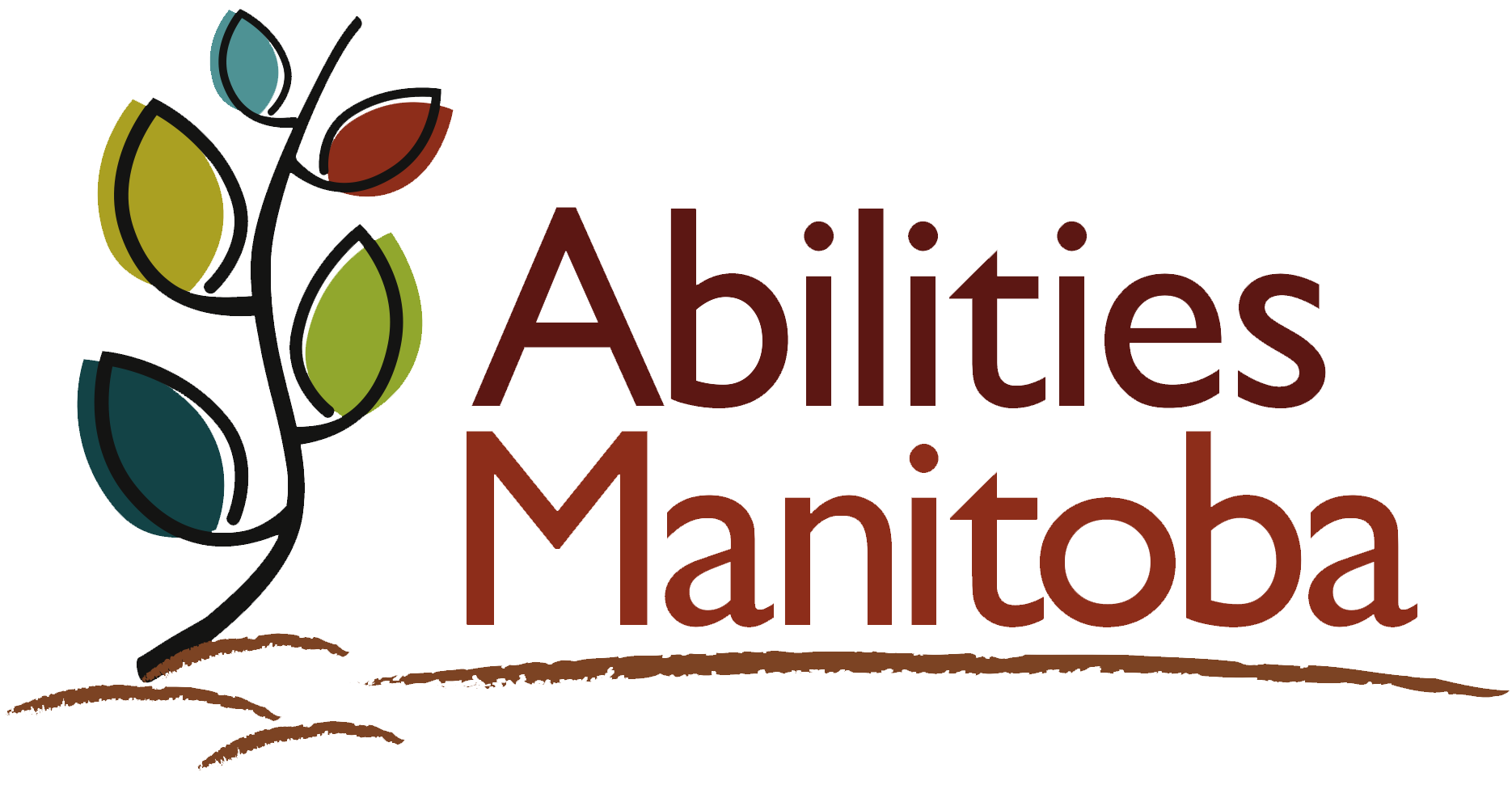Documents authored by Abilities Manitoba are available in alternative formats. For other shared documents and resources, please contact the original author. If you require any assistance please contact us and we will do our best to accommodate you.
You can contact us at admin@abilitiesmanitoba.org or 431-688-6108.
Leading Practice Guidelines
Governance & Management Practices
Type: Core Practice
Guideline: Mission, vision, & values for the organization have been identified and are used to guide decision making and the work of the organization.
The organization has a Board of Directors that is diverse and includes people who receive services and family representatives.
Management systems and core policies are defined, documented, communicated & monitored. The organization’s structure, policies, and practices are flexible yet provide a structure that supports a focus on people served and their outcomes.
People receiving services and their families play meaningful leadership and decision-making roles within the organization.
The organization regularly undertakes strategic planning to ensure that its mission and the expectations of people who receive services are translated into a plan of action that is shared and monitored.
What does this look like?
The organization has a mission, vision and values that promotes and maximizes personal outcomes, reflects leading practice, and is regularly reviewed. While each organization’s mission, vision and values will be unique, the content should:
- Promote and enhance a positive, strength based image of people served;
- Shape services and supports around the needs, wishes and desires of people served and their communities;
- Reflect a social model of disability. This means we seek to change societal barriers to promote citizenship as opposed to changing people with disabilities;
- Protect, promote and enable people’s rights, responsibilities and citizenship.
The organization has a Board of Director or governance structure that is:
- Accountable, ethical and transparent;
- Diverse and representative with expertise and perspectives in a variety of areas;
- Open, positive, and constructive;
- Free from conflict of interest;
- Concerned with the stability and continuity of services;
- Orientated and informed;
- Regularly updated on financial, human resources, service delivery, and legal issues.
The organization’s management systems are clearly documented and defined, communicated and shared with staff and stakeholder. Organizational structure and processes promote continuity and succession planning and are monitored regularly to ensure that they function in the manner in which they are expected to.
Opportunity and support is provided to people served and their families to engage and participate in decision making and leadership forums within the organization. This may include (but is not limited to) participation on the Board of Directors, involvement with policy development and input into strategic planning.
Core policies and structures are in place to ensure the ethical, effective and efficient operation of the organization. These include (but are not limited to):
- Conflict of interest
- Ethical codes of conduct
- Prohibition of & reporting of wrongdoing
- Whistleblower policy
- Selection, structure, orientation and evaluation of the board of directors and its members
- Ethical research practices
- Confidentiality
- Communications/social media
- Fundraising
Strategic planning is undertaken regularly, involves people served and is shaped by their expectations. It takes into account financial and political realities, based on risk assessment and analysis of quality measurement results. The finished plan should be shared, communicated, measured and evaluated towards progress.
How would you know this is happening? (Evidence)
What you see in systems:
- The organization’s mission, vision and values are documented and widely shared. These use positive, rights-based language that enhance the image, outcomes and inclusion of people served.
- Key policies, structures and systems are documented, communicated and monitored.
- The organization has a strategic plan that is based on feedback from people served and other key stakeholders.
- Members of the Board of Directors reflect major stakeholders and have a diversity of perspectives, background and expertise.
What you see in actions:
- People receiving services and their families serve on committees, groups and forums within the organization in which they are able to shape and provide feedback on the operation of the organization.
- People served, families and staff are aware of and speak positively about the governance and leadership structures in the organization.
Resources to support achieving guideline:
- What’s Worth Working For
John O’Brien (PDF) - Citizenship for all: an accessible guide
Simon Duffy & Wendy Perez (PDF) - Five Accomplishments - Video
Five Accomplishments - Text version (PDF)
John O’Brien & Connie Lyle O’Brien - Imagine Canada: Sector Source
